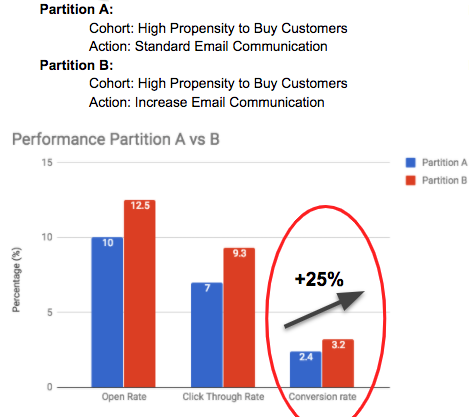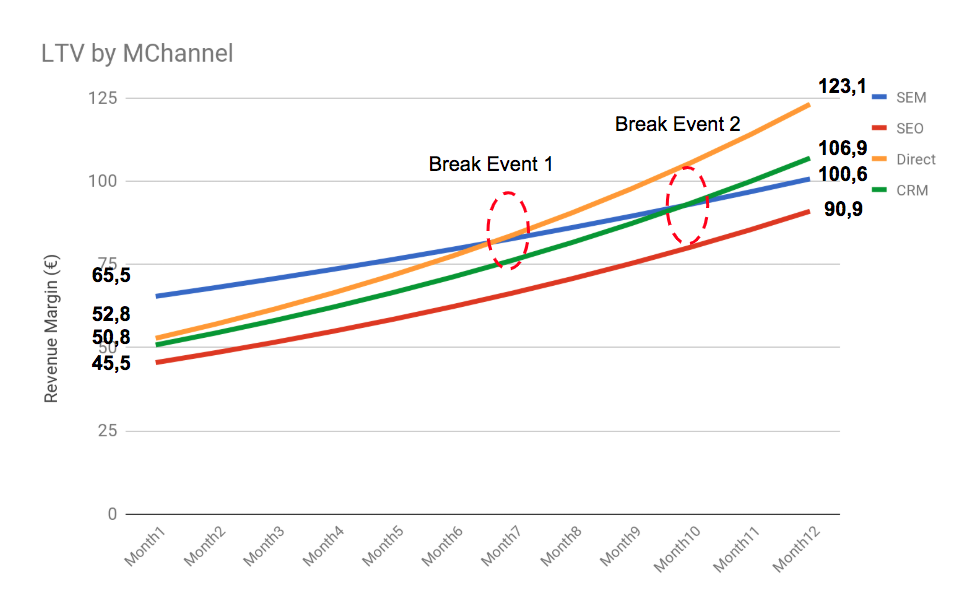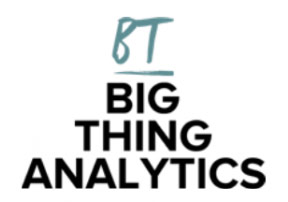
Increasing number of purchases by customer through predictive modeling
Goal
- Increase the Conversion Rate in those Customers with a Higher Propensity to Buy.
- Our Client is an ecommerce with 1M purchases/year.
Methodology:
- We will create a predictive model that will predict the purchase probability of each of our customers in the next month based on behavior and interactions with us in recent years.
- With customers with the highest probability of purchase we will apply retargeting strategies to increase the possibility of closing the sale.
Phases
-
Data Exploration
- Obtain, clean, and prepare data needed for the project.
-
Define and Implement Predictive Models (Machine Learning)
- Featuring Engineering: Select/create input variables
- Comparison of two algorithms of predictive models in Artificial Intelligence and Machine Learning: Neural Networks using Tensorflow vs XGBoost.
- Fine-tuning: Tune parameters / hyperparameters, iterate over the output, compare performance to finally selected best option.
- Apply trained model to real data: The output is a list of Customers with High probability to Buy.
-
Define strategy for retargeting:
- Define and implement A/B testing for email campaigns
- Evaluate performance of the tests
Results

-
- The application of the model drives to an increase of +25% in Conversion Rate
- This CR drove to an increase of 4% Month over Month in Number of Purchases
Conclusion
The correct application of predictive models in our customer base has allowed us to detect specific behaviors at the customer level: customers with a high probability of buying during the next month. Actions on that information – sending emails with specific content – have substantially improved a key element of our business: the number of sales.

Life Time Value: Optimizing Marketing costs
Goal
- Optimize the marketing costs, spending the right money in the right Marketing Channel
- Our client is an ecommerce with online marketing costs of more than 10M per year.
Methodology
- We will calculate the Life Time Value (LTV) of each of the company’s clients and we will make an aggregation to find out the average LTV per Acquisition Channel.
Phases
-
Data exploration
- Obtain, clean, and prepare data needed for the project.
-
Calculate LTV by Acquisition Channel
- Segment our population by Acquisition Marketing Channel
- SEM
- SEO
- Direct
- CRM
- Calculate Number of Purchases & revenue Margin of each cohort in next 12 months.
- We aggregate the information, obtaining the number of purchases and the average Revenue Margin per channel in each of the next 12 months.
- Segment our population by Acquisition Marketing Channel
-
Define strategy for Marketing Cost Optimization:
- Based on the results obtained, we recalculate the budget and ROI of each Acquisition Channel.
Results

- We observe that although Payment Channels are more profitable in the short term (SEM), when we look at 12 months, Cheap Channels actually generate more purchases (Direct, CRM)
- Direct overtakes SEM in terms of RM in month 7
- CRM overtakes SEM in terms of RM in month 10
Conclusions
- We conclude that customers from Cheap Channels are more loyal → Are we wasting investment in SEM ??
- When we look at optimizing the costs of Acquisition Channels, we must look at the long term and not only at the time of acquisition.
- Once we now understand the actual ROI of our Acquisition channels, we can recalculate and analyze the actual costs of each channel.
